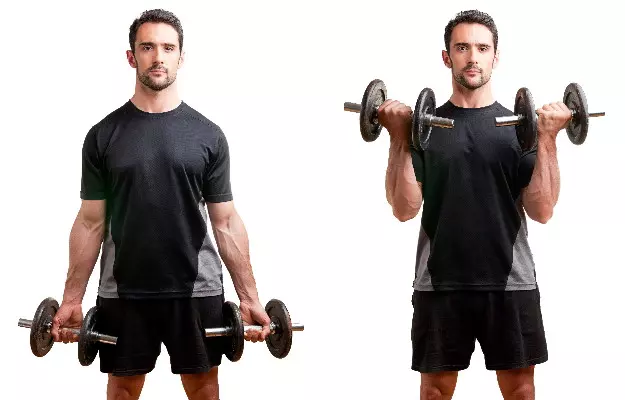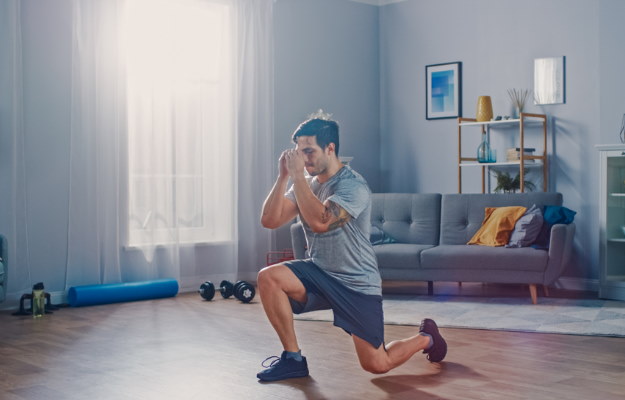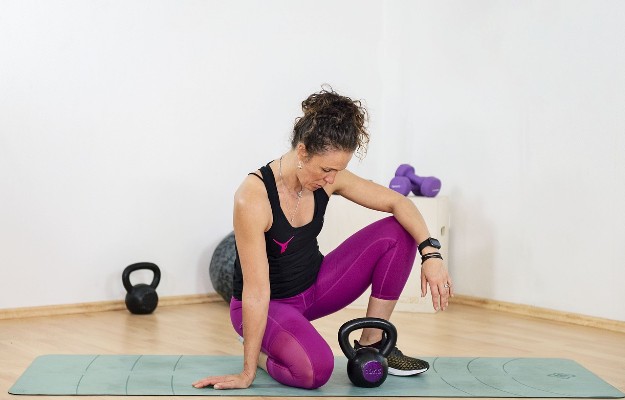The objective of weight training is commonly associated with bodybuilding, but the recent rise of fitness as a lifestyle trend gives it a healthier perception. A well-defined physique is no longer limited to bulking up a physique, but it also has tremendous effects towards weight loss, or even to achieve toned or lean muscles.
You would have seen several people hover around the dumbbell rack to pick up weights suited to their strength and performing countless sets of dumbbell curls, hoping to make their arms look like their favourite athletes or movie stars. The extra layers of fat hanging loose from the arms are also tended to in the process as various exercises for the upper arms, particularly the biceps and the triceps, are worked upon.
Bicep curls are of varying styles but the standard dumbbell curl remains a favourite among fitness enthusiasts. Bending the elbow and lifting weights manages to isolate the bicep muscles and gives them a solid workout, and is one of the simpler movements which makes it a top draw even among beginners.
Whether standing up or sitting down, the dumbbell curl is a simple movement that can also be performed in the comfort of your own home. There is, however a simple rule to lifting weights: lift heavier for muscle gain, and lift longer (more repetitions) for muscle definition.
Also read: Beware of these infections in the gym
If you are tired of dieting and exercising and are not able to lose weight, then use myUpchar Ayurveda Medarodh Fat Burner Capsule, it has no side effects, order it today and avail the benefits.

























